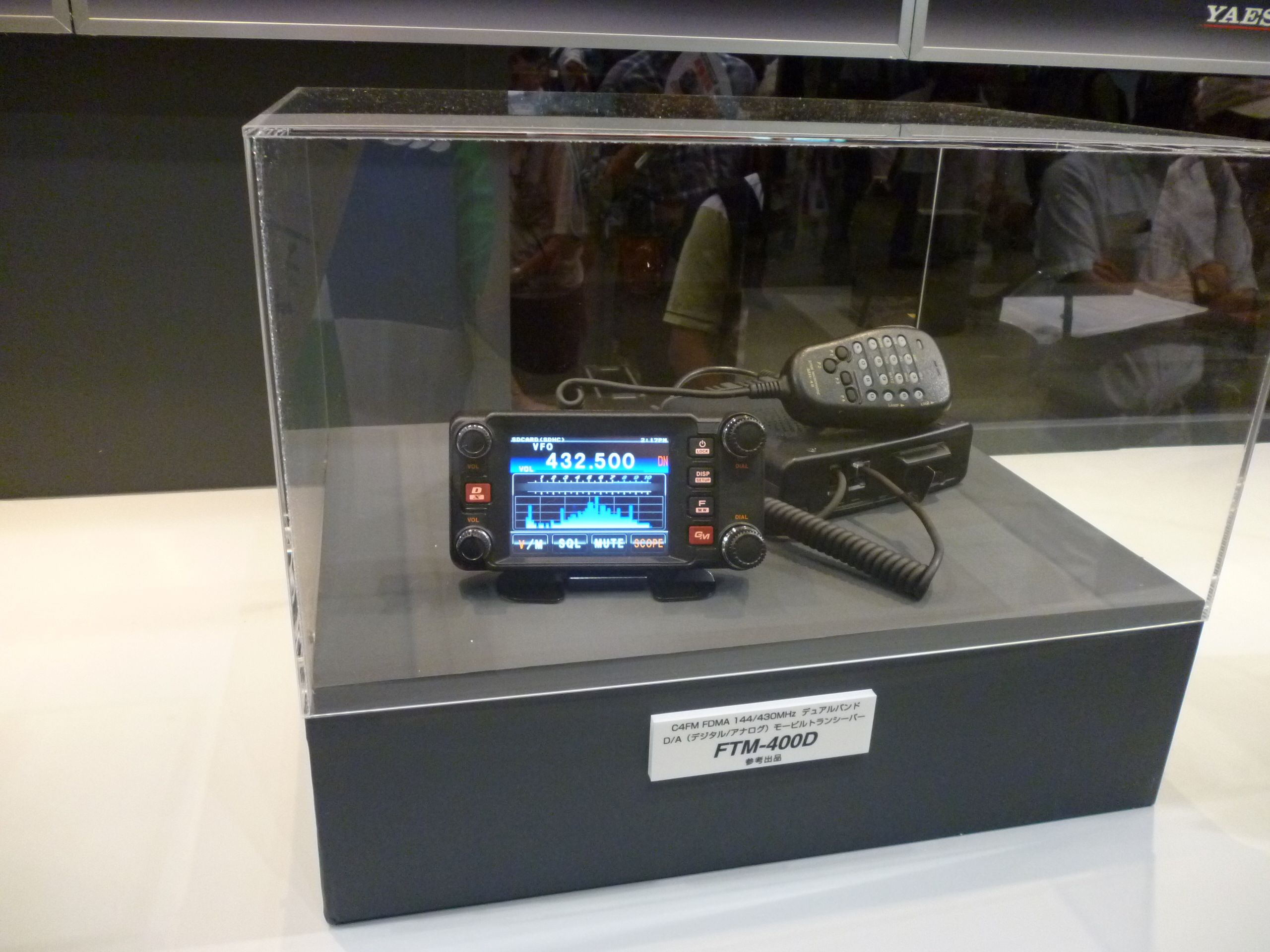 |
| 12W red LEDs for optical beaconing |
My original beacon circuit is shown below and was a good signal over the horizon 3.6km from home when using Spectran to show the received signal, which was not even visible to the naked eye or audible in a headset. I am hoping that a very similar circuit will work for the Phlatlight LED beacon.
The QRO beacon should be much stronger, so I am expecting to be able to achieve much greater NLOS ranges, especially as my receiver is capable of considerably greater sensitivity with more work and using better PIN photodiodes with a more optimal 3dB sensitivity angle. The main issue is a thermal one: although the device is mounted on quite a good heatsink, I need to find out how hot this gets when sending CW or QRSS and derate it accordingly. I am hoping that around 4-5A should be possible which should allow some 20dB more output.

















.jpg/240px-Milvus_milvus_R(ThKraft).jpg)








